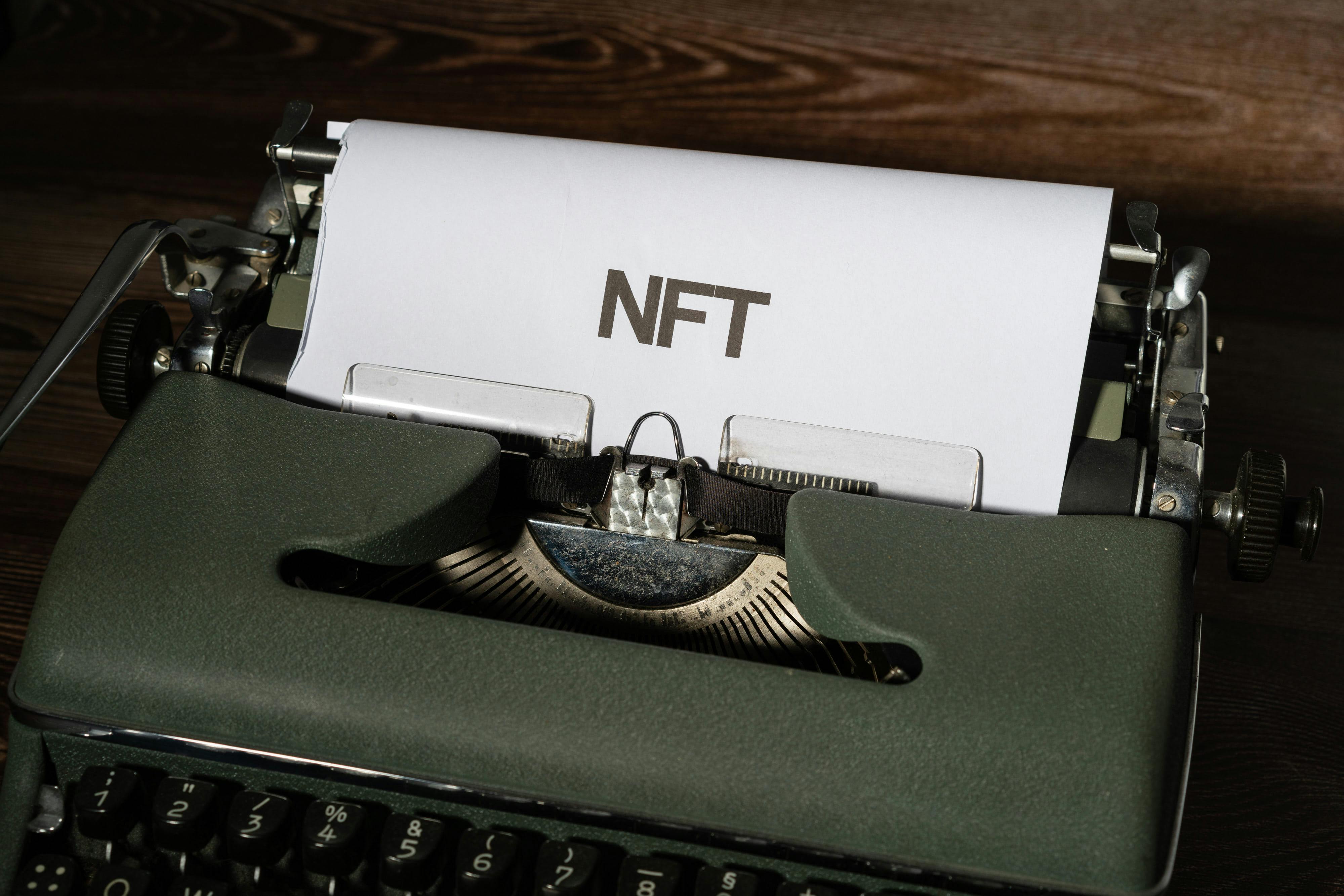Navigating the world of digital illustration licensing can feel like wandering through a maze without a map, especially for those just starting out. That’s where “An Insiders Guide to Digital Illustration Licensing” comes in handy. Drawing from years of firsthand experience, this guide aims to illuminate the often complex pathways of licensing digital art. From understanding basic terms to negotiating contracts that don’t sell you short, it’s a treasure trove of insights and practical advice. Whether you’re an emerging artist looking to protect your work or a seasoned pro seeking to navigate new territories, this guide is tailored to make the journey less daunting and more rewarding.

Understanding Digital Illustration Licensing
Definition of digital illustration licensing
When I talk about digital illustration licensing, I’m referring to the legal agreements that allow others to use my digital artworks in various formats and platforms, subject to certain conditions. This can range from using an illustration on a website, in a publication, or even on physical goods. It’s like renting out my artwork; the licensee gets to use it, but I retain ownership and certain rights.
Why licensing is crucial for digital illustrators
Licensing is a cornerstone of my career as a digital illustrator. It allows me to generate income from a single piece of art multiple times, across different mediums and geographies. More importantly, it helps me protect my rights and ensure that my art is used in ways that I’m comfortable with and compensated for. Without licensing, my control over my own creations would be severely limited.
Common misconceptions about licensing
Many people think that once they buy a digital illustration, they own it outright and can use it however they like. That’s a common misconception. Another is that licensing is too complex or not necessary for “small” or “informal” uses. Both beliefs couldn’t be further from the truth. Licensing protects not only the artist but also the licensee by clearly outlining permissible uses and limitations.
Types of Digital Illustration Licenses
Exclusive Licenses
An exclusive license means that I’m allowing only one licensee to use my illustration for a specified use or in a particular region. No one else can use it in the agreed manner, making it more premium and, naturally, more expensive.
Non-Exclusive Licenses
Unlike exclusive licenses, non-exclusive ones let multiple licensees use the same illustration simultaneously, albeit under specific conditions. This is more affordable for clients and can lead to broader exposure for my work.
One-time use Licenses
A one-time use license is pretty straightforward – the illustration can be used once, say in a blog post or a magazine issue, and that’s it. If the licensee wants to use it again, they need to negotiate a new license.
Royalty-Free Licenses
Royalty-free doesn’t mean free. It means that after the initial purchase, the licensee can use the illustration without paying additional royalties. However, there are usually restrictions on how and where it can be used.
Benefits and disadvantages of each license type
Exclusive licenses are great for earning more from a single piece but limit the artwork’s exposure. Non-exclusive licenses offer good exposure and more earning opportunities but typically bring in less money per use. One-time use licenses are straightforward but might not maximize earnings. Royalty-free licenses are convenient for licensees and can lead to widespread use but might not always offer the best financial return.

Determining Licensing Fees
Factors influencing licensing fees
Several factors affect how I price my licenses: the scope of use (e.g., global vs. local), duration of use (short-term vs. perpetual), exclusivity, and the artwork’s complexity and originality. The more rights the licensee requires, the higher the fee.
Standard pricing for digital illustration licensing
There’s no one-size-fits-all price tag for licensing digital illustrations. It largely depends on the industry standards, the illustrator’s reputation, and the factors mentioned above. However, understanding industry norms can help in setting competitive yet fair prices.
Determining your own pricing
I base my pricing on the artwork’s uniqueness, my professional experience, and the intended use of the work. It’s a delicate balance between valuing my own work appropriately and staying competitive in the market. Regularly reviewing and adjusting my pricing strategy is also key to staying relevant.
Negotiating License Contracts
Essential elements of a license contract
A good license contract should clearly state the scope of use, duration, territory, exclusivity, fees, and any renewal terms. It should also specify what happens in case of a breach of contract.
Understanding contract jargon
License contracts can be filled with legal jargon that’s hard to decipher. I’ve made it a point to familiarize myself with common terms like “indemnification,” “warranties,” and “in perpetuity” to ensure I fully understand what I’m agreeing to.
Tips for effective negotiation
I’ve learned that it’s crucial to be clear about what I’m willing to offer and what’s off the table. Being open to negotiation doesn’t mean undervaluing my work. It’s also helpful to be well-prepared and to approach negotiations with a positive, problem-solving attitude.
What to do when a negotiation fails
Not all negotiations lead to an agreement, and that’s okay. When a negotiation fails, I take it as a learning experience to refine my approach for next time. It’s also important to maintain professionalism and leave the door open for future opportunities.

Renewing and Extending Licenses
How to approach license renewals
When it’s time to discuss renewals, I review the current agreement and assess whether any terms need adjusting based on the prior period’s experience. This is also a good time to renegotiate fees if the use of the illustration has changed or expanded.
Understanding extension options
Extensions allow for the continued use of the artwork under the existing terms, which can be beneficial for both parties. It’s crucial, however, to reassess whether the original terms still meet my current standards and expectations.
Negotiating license renewals and extensions
In negotiations, I ensure to highlight the value my work has brought to the licensee and use that as leverage. Being transparent about my expectations and open to theirs helps in reaching a mutually beneficial agreement.
Protecting Your Digital Illustration Rights
Understanding copyright laws
Copyright laws give me exclusive rights to my original artworks, including the right to license them. Understanding these laws is fundamental in protecting my work and ensuring I’m compensated fairly.
Steps to register your artwork
Registering my artwork with relevant authorities enhances my ability to assert copyright should infringement occur. The process varies by country but generally involves submitting an application and a copy of the artwork.
Dealing with copyright infringement issues
If I discover someone using my work without permission, I first try to resolve the matter amicably. If that fails, legal action might be necessary. Having clear copyright and licensing agreements makes this process much smoother.

Licensing and Online Platforms
Popular platforms for digital illustration licensing
There are numerous online platforms where I can license my work, ranging from stock photo websites to specialized art licensing platforms. Each has its pros and cons, relating to exposure, control, and revenue share.
Pros and cons of using online platforms
These platforms can greatly increase my work’s visibility and accessibility to potential licensees. However, they also often take a significant cut of the revenue and may require exclusive arrangements, limiting how I can license my work elsewhere.
How to optimize your profile for online licensing
Having a well-organized, professional profile is key. I make sure to showcase a wide range of my best work, clearly state my licensing terms, and regularly update my portfolio to attract potential licensees.
Market Trends in Digital Illustration Licensing
Current trends in the industry
The digital illustration licensing industry is constantly evolving, with current trends including a rise in demand for diverse and inclusive content and a preference for unique, non-stocky images. Keeping a close eye on these trends helps me adapt and stay relevant.
Impact of these trends on licensing
These trends directly influence licensing strategies and revenue. For instance, illustrations that align with current diversity movements can see increased demand and, consequently, higher licensing fees.
Predicted future trends
I predict a continued emphasis on uniqueness and personal expression in illustrations. Additionally, digital mediums and formats will evolve, requiring adaptability in how artwork is licensed.
Building Relationships with Licensees
The importance of licensee relationships
Fostering strong relationships with licensees ensures a smooth working process and opens the door for future collaborations. It’s about more than just business transactions; it’s about mutual respect and understanding.
Tips for establishing strong connections
I’ve learned that clear communication, reliability, and professionalism are key to building and maintaining good relationships. Being open to feedback and willing to adapt also goes a long way.
Effectively managing licensee relationships
Effective management involves regular check-ins and being proactive in addressing potential issues. It’s also important to provide exceptional service and follow-up to ensure that licensees are satisfied and that our collaboration is successful.
Becoming Successful in Digital Illustration Licensing
Essential skills and characteristics
Besides artistic talent, success in this field requires business acumen, negotiation skills, and a thick skin for handling rejections and critiques. Being organized and detail-oriented also helps in managing licenses and client relationships efficiently.
Building a strong portfolio
A diverse and strong portfolio is my best marketing tool. It showcases my range and versatility, helping attract a wide array of potential licensees. Regularly updating my portfolio keeps it fresh and relevant.
Marketing strategies for your work
Utilizing social media, attending industry events, and engaging with online communities are effective ways to market my work. Networking is invaluable, as it often leads to opportunities and collaborations that wouldn’t be possible otherwise.
Continuous learning and development in your craft
The digital illustration field is highly competitive and ever-changing. I make it a point to continuously improve my technical skills and stay updated on industry trends and technologies. Lifelong learning is part of the job description and key to a successful career in digital illustration licensing.



